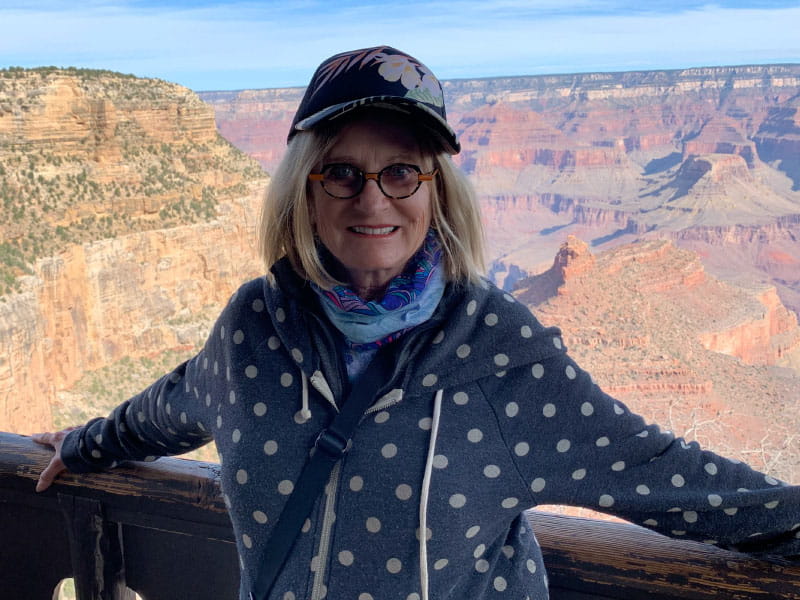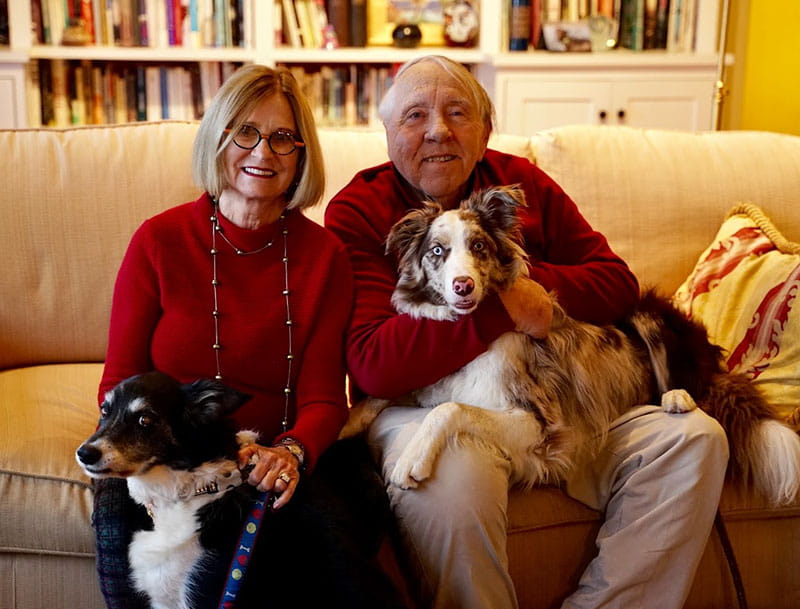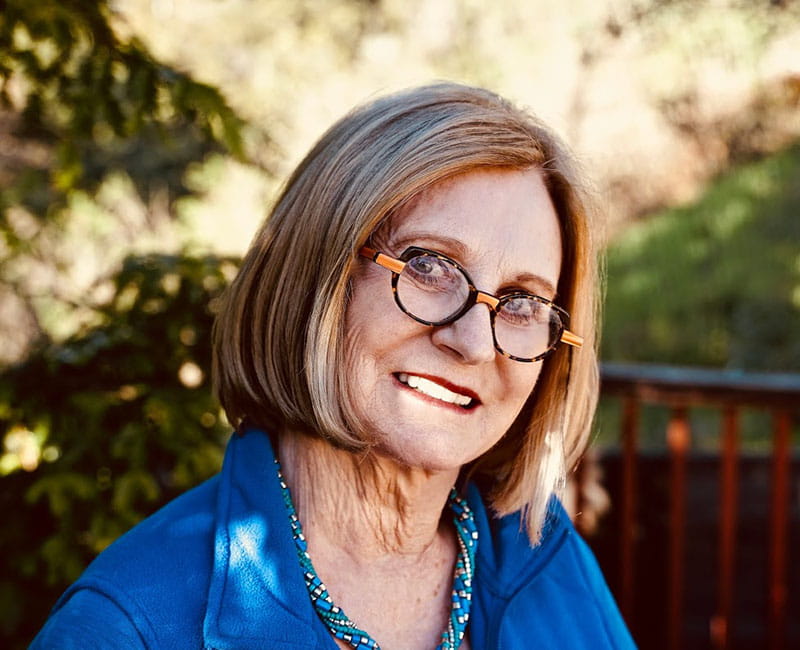She wasn't having a heart attack – it was 'broken heart syndrome'
By Tate Gunnerson, American Heart Association News

Life has not slowed for Patricia Harden of Oakland, California, since she sold her public relations company in 2020 or since retiring from her remaining consulting work the following year. Now 73, she's serving on the board of nonprofits, taking part in a writing group and doing Pilates.
"At first, I was sort of overwhelmed with all the choices," she said. "But it's been exciting."
On an August afternoon in 2021, Harden was pumping iron at her gym when she felt fatigued. She just wanted the workout to be finished, which was very unlike her. She attributed the feeling to the fact she hadn't been lifting weights regularly and to the afternoon heat.
Finishing, however, provided little relief. She felt a tightness across her chest that she assumed was a pulled muscle. She texted her trainer. The trainer replied that she should take a pain reliever and soak in a hot bath. That just made her feel worse. When she felt a prickly sensation in both arms, it dawned on her that she could be having a heart attack.
This seemed unfathomable. Fit, active and conscious about eating a diet that included the entire rainbow of fruits and vegetables, being healthy was part of her identity. However, she did have a family history. Both her father and his grandfather died of heart disease, both at 79.
At the hospital, Dr. Andrew Dublin, the cardiologist on call that night, reviewed her test results and suspected she'd had a heart attack.
"He said my life was in danger," Harden said. It's the last thing she remembers before passing out.
Once Harden was stabilized, Dublin threaded a catheter through an artery in her wrist to her heart. He planned to stent any blocked arteries (the cause of most heart attacks), thus restoring blood flow to the heart.
To his surprise, there was no blockage.
"That told me it wasn't a traditional heart attack," he said.
Upon further analysis, he concluded she had a weakening of the left ventricle called takotsubo cardiomyopathy. It is also known as stress-induced cardiomyopathy or by its more evocative name: broken heart syndrome.
The stress somehow interferes with the pumping action of the heart's left ventricle, causing it to fill with blood and balloon out, resembling the shape of a vessel used as an octopus trap, or "takotsubo" as it's known in Japanese.
"It can happen when you're dancing at your grandson's wedding or when you lose your dog," Dublin said. "Or it can be caused by physical stress such as exercising."

Characterized by chest pain and shortness of breath, the condition is most common in women between 58 and 75 and sometimes mistaken for a heart attack. "The theory is that a big adrenaline surge overwhelms the heart and causes temporary dysfunction," Dublin said.
While heart failure occurs in about 20% of cases, "the good news about this condition is that the long-term prognosis is excellent," he added. "Most people fully recover, and their heart function returns to normal. We don't see recurrent cases very often."
Still, the experience can be traumatic.
Harden spent a week in the hospital hooked up to machines. Fluid filled her lungs, and she wore a large facemask to deliver oxygen.
"Normally I would be planning, plotting and strategizing, but I was just lying there drained of energy," she said. "I didn't even feel emotional."
Although she never feared for her life, Harden was fatigued and weak after eight days in the hospital.
The first few days at home, she mostly stayed in bed. A nurse, an occupational therapist and a physical therapist visited, helping her to begin a modified exercise program and to increase her heart rate safely. She started with short walks down her driveway.
In addition to faithfully taking medications prescribed to strengthen her heart, Harden wore a heart monitor for a couple weeks. It showed no irregularities. Other follow-up exams indicated a return to health.
About six weeks later, she realized she felt like herself again. At her follow-up appointment with Dublin, he cleared her to begin exercising again.
"I was feeling pretty darn good," she said.

More aware of the limitations that come with being 73, she's given up weight training and cut the distance of her hikes instead of pushing onward when she begins to feel fatigued. "In the past, I probably would have only paused on the brink of exhaustion," she said. Another small concession is that she avoids exercising in the heat of the day.
Unaware of takotsubo cardiomyopathy before she experienced it, she has shared her story with friends and at women's groups, encouraging everyone to call 911 at the first sign of trouble.
"A lot of women are in denial and don't want to make a big fuss and waste three hours or more for a pulled muscle," she said. "But don't mess around with something that's heart-related."
Stories From the Heart chronicles the inspiring journeys of heart disease and stroke survivors, caregivers and advocates.
If you have questions or comments about this story, please email [email protected].





